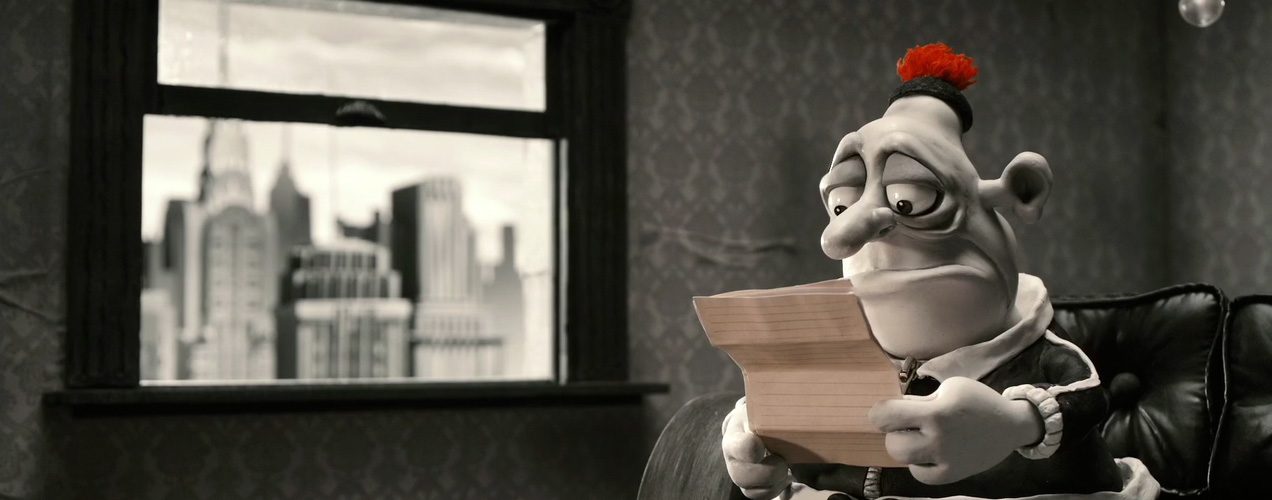2009 / Adam Elliot > Elliot got on the radar screen with an Oscar for his oddball, tragic figure of Harvie Krumpet in 2003. Mary and Max, his feature debut, stars a core cast of Toni Collette and Philip Seymour Hoffman, the latter especially nailing his part as a middle-aged man with undiagnosed Asperger’s living in New York in the mid-70s. The former, a pre-teen girl lacking friends and beauty, becomes his penpal from the suburbs of Melbourne. And that’s where normalized expectations take a nosedive. The story has a lot of minor twists and turns, mostly idiosyncratic, running the thin line between quirkdom and absurdity. Had it remained a simpler story that ended in the finality of eventual happiness, it would have wasted its build-up with a sort of banal comedown. But Elliot hits a couple of heartstrings in interpreting his opinion of those who “suffer” from Asperger’s (and subsequently, a lot of other similar perceived ills): Never assume they are worse off than you, and never assume they need your help. Elliot drives this simple message home without insulting the viewer, and for that alone, the man (as well as his film) should be commended.
Category Archives: 3.5
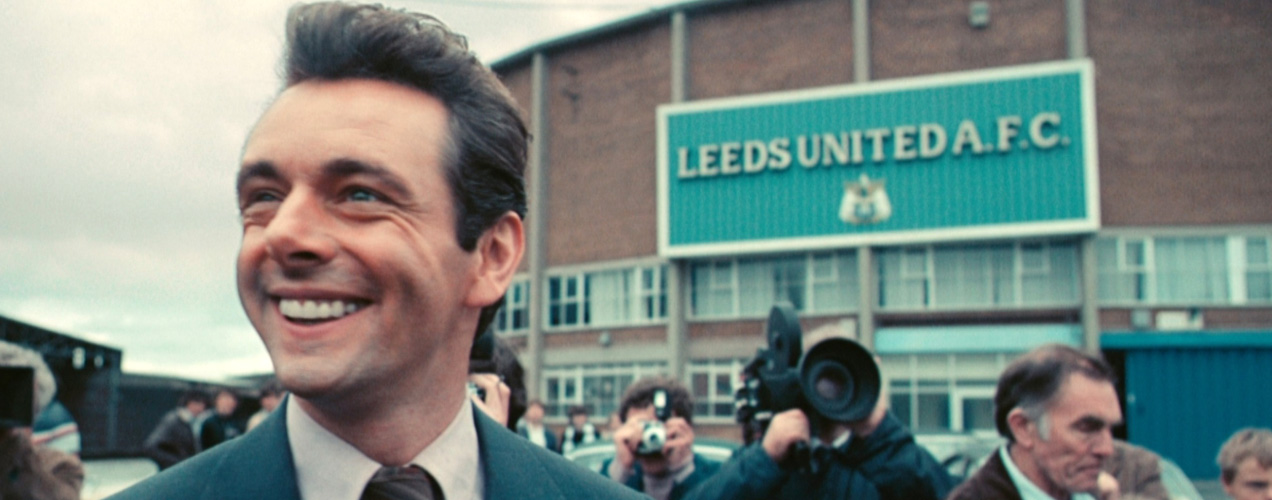
The Damned United
2009 / Tom Hooper > Contrary to most expectations, this isn’t about Manchester United. It’s about the United that used to be the talk of the show before Alex Ferguson paid off the referees: Leeds. Starring Michael Sheen, whose performances in The Queen and Frost/Nixon has made me believe he’s one of the most under-appreciated actors of today (even before discounting Underworld), The Damned United tells the story of Brian Clough, a cocky, hot-headed manager who takes Derby County and Nottingham Forest to the highest levels of football. The whole show is completely and utterly enjoyable, especially if you’re appreciate the competitiveness present in professional sports. The interplay between Sheen and his fellow actors, including an especially swell performance by Timothy Spall (of Wormtail in Harry Potter fame) is especially touching. Walking away, it does feel a bit too neat at the end. Hard to fault Hooper for his choice of time period to portray, but some things (like Clough leading Nottingham Forest to back to back Champions League wins) feel too important to leave out at the same time.

Transformers: Revenge of the Fallen
2009 / Michael Bay > I’ve been suckered: I was told there was no story, that it was a bunch of explosions, that they exploited Megan Fox’s body. Well, it’s not like I was lied to: It really is based around explosions, not to mention very strategic placement of Megan Fox and her navel. But both of those points simply added to my enjoyment. As for no story? That’s a bit harsh. It had more story than the original, and decent enough in its own right that I wouldn’t fault it. It’s Transformers 2. Directed by Michael Bay. Who, I’m convinced now more than ever, is the most brilliant director in Hollywood today when it comes to making stuff explode. I liked Bad Boys, even the sequel, and I loved The Rock. All snobbishness aside, you can’t help but respect the man for his vision and ability. What he does is not easy to do, regardless of what the perception may be. Remind me the last time you saw something like Devastator climb the Pyramids of Giza. That doesn’t happen overnight. If I was Egypt, there are probably two directors in the world I’d let film there: One is Steven Spielberg, and the other is Michael Bay. And folks, that’s some massive street cred. Wonder what he’ll blow up in Transformers 3…
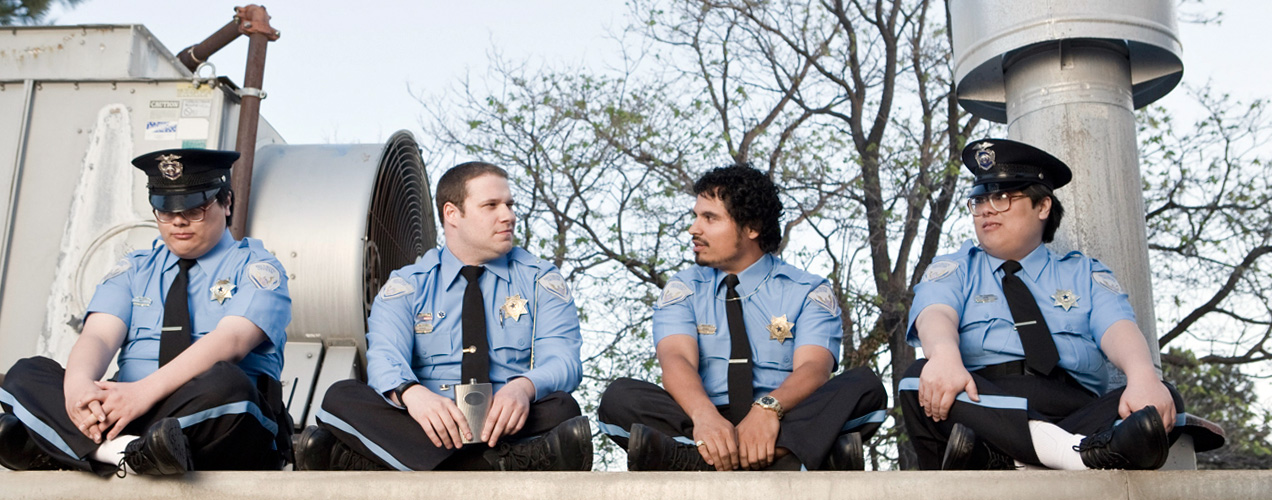
Observe and Report
2009 / Jody Hill > Been a few months since I saw this, yet I still haven’t fully digested it. I know that I respect it for its guts without escaping into a sensationalist romp. It walked on the border of exploitation so many times but never crossed it, and regardless of how one feels about the violence and the probable yet peculiar plot devices, Hill’s got me interested in seeing whatever he may direct next. Observe and Report has the unusual achievement of leaving me with a gleeful smile for the future of the human race—not because of the typical melodramatic hope that pervades the movies but because of the sheer raw energy of Seth Rogen’s character and the way it makes him so damn human.
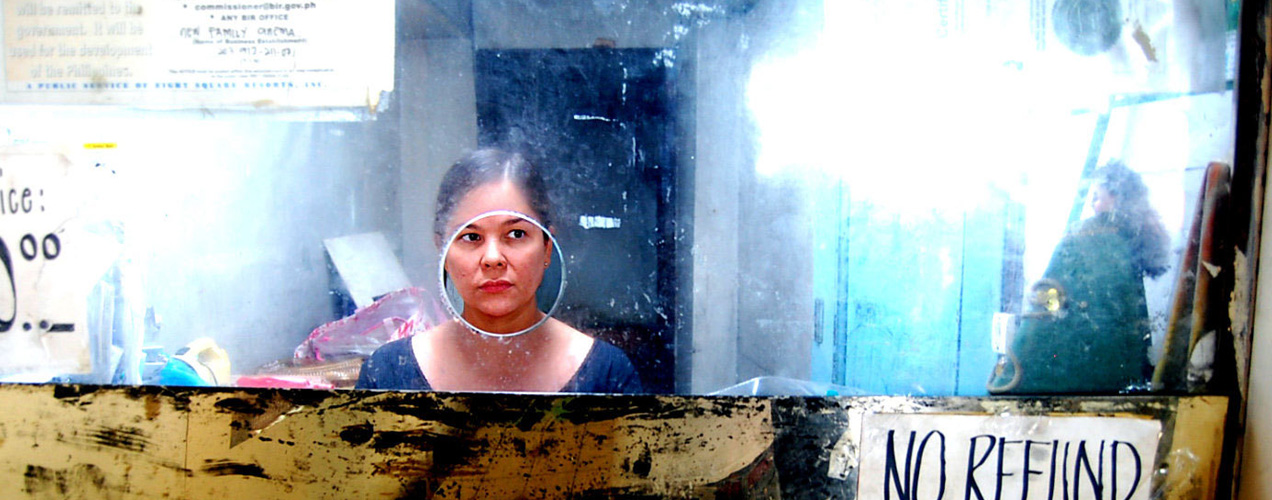
Serbis
2008 / Brillante Mendoza > Premiering at Cannes in 2008, Serbis drew a lot of controversy for its explicit sex sequences and—wait for it—boil popping visuals (you’ll have to see it to know what I mean). And in 2009, Mendoza scored a coup for the Philippines by taking home the best director prize from the same festival for his follow-up Kinatay. The world can thank him for two simple aspects of his style seen in this movie: He shows a part of his country that most don’t know about, as a family in Angeles struggles to survive by running a theatre running heterosexual pornography for a homosexual clientele. And more interestingly, he approaches this culture with a kind of hands-off, natural viewpoint that feels neither forced nor sensational. There are scenes in the film that initially contain shock value, but over a complete run-through, the whole thing works surprisingly well. As my introduction to Filipino cinema, I feel fairly confident that we’ve only scratched the surface. But if this is any indication of what’s to come, the industry should have a brighter future. Its colonial history and the Marcos “reign” along with its positioning in the current globalization climate gives it access to stories that maybe only Thailand can rival.

Jaws
1975 / Steven Spielberg > There are a lot of stories behind production mishaps in Jaws, most of them dealing with issues with faulty animatronics of the shark. How right they were, and how sad. For 70% of the film, it’s really something swell, atmospheric even when bordering on the expected cliché. More often than not, Spielberg just couldn’t get the villain to look real, so he used clever methods of making sure the audience would feel its presence other ways (like filming from its point of view, below the water, with the menacing theme music signaling impending doom). But then you see it, and it’s over. Unlike The Thing, where the literal creativeness of the special effects made up for its outdated looks, here I had trouble digesting the climactic battle because it looked just downright silly. It’s really sad when special effects ruin the potential for a great film to age well, and this is no exception.
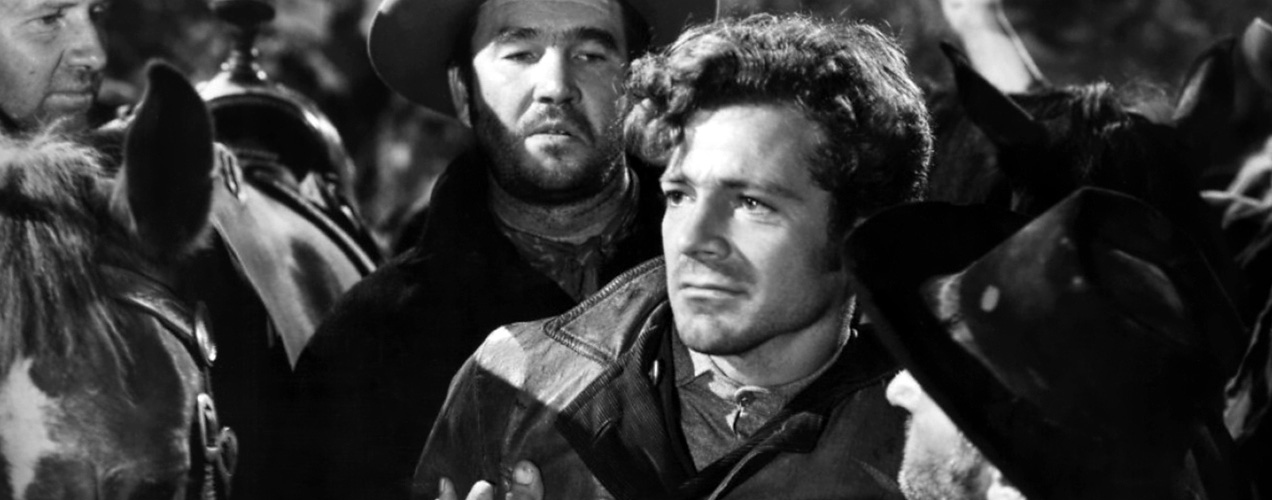
The Ox-Bow Incident
1943 / William A. Wellman > The Ox-Bow Incident is a simple story of conscience done very, very well. Often reminding me of Henrik Ibsen’s An Enemy of the People, the film’s crux is a lynch mob hellbent on punishing some rogue cattle rustlers for the crime of murder. How this unfolds isn’t particularly novel, but is undoubtedly daring for a film made in 1943. Henry Fonda is instantly watchable, as is Dana Andrews and Anthony Quinn as a couple of men that get held up at the stake. If only the resolution didn’t delve into a sort of preaching mode, this would have stood out as a better testament of mob mentality.
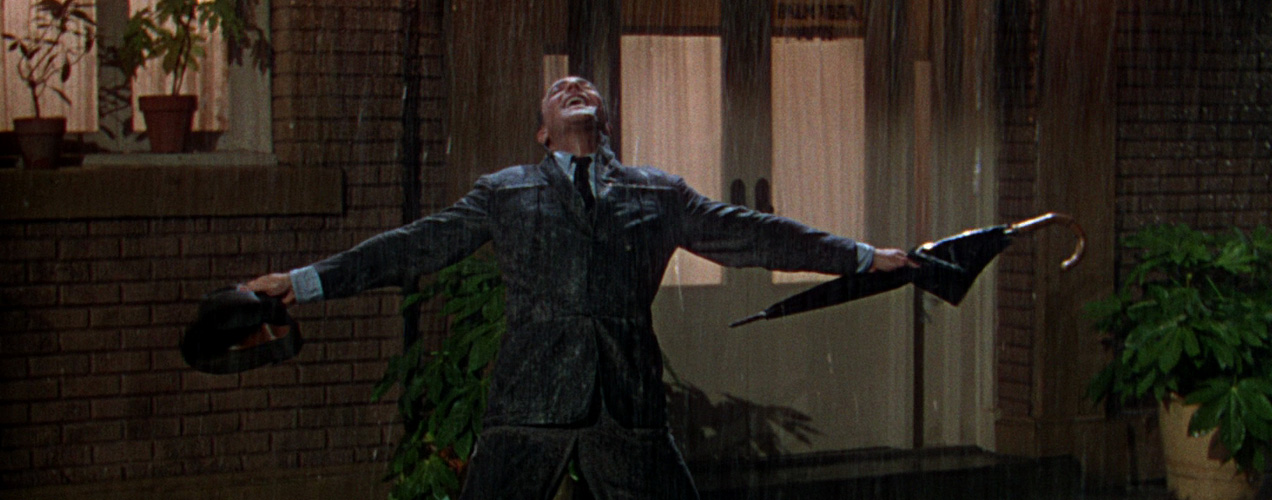
Singin’ in the Rain
1952 / Stanley Donen & Gene Kelly > With the possible exception of Cary Grant, I can’t imagine anyone more suave than Gene Kelly in classic cinema. He’s got the type of charisma that makes movies, careers and eventually legends, and he puts it all on display in Singin’ in the Rain. The fact that the famous title sequence was actually performed when the actor had a 103° fever just makes it that much more extraordinary. But as a film, you can often tell that the story itself was written to match the musical numbers. But let’s face it: You don’t watch this for plot, you watch it to see Kelly and Debbie Reynolds and Cyd Charisse dance and sing and dance again. For that, it’s absolutely dandy. In fact, the wondrous Broadway sequence, with its innovative set designs and dazzling colors, is alone the worth the price of admission.
Taken
2008 / Pierre Morel > The story of a retired Jason Bourne-type going after sex traffickers who’ve kidnapped his daughter. How could I resist? Liam Neeson is nothing short of a bad ass in the follow-up to Morel’s parkour-actioner District B13. No punches are pulled, and lots of disbelief are suspended. The man’s on a mission, okay? It doesn’t matter that he’s taking out 13,216 baddies in a foreign country. He can do it, and you can’t stop him. It’s his daughter! In a sex slave trade! It’s just not right! But seriously, it’s a fantastic adrenaline ride that gets the benefit of the doubt when it comes to plausibility. Jason Bourne would be proud.
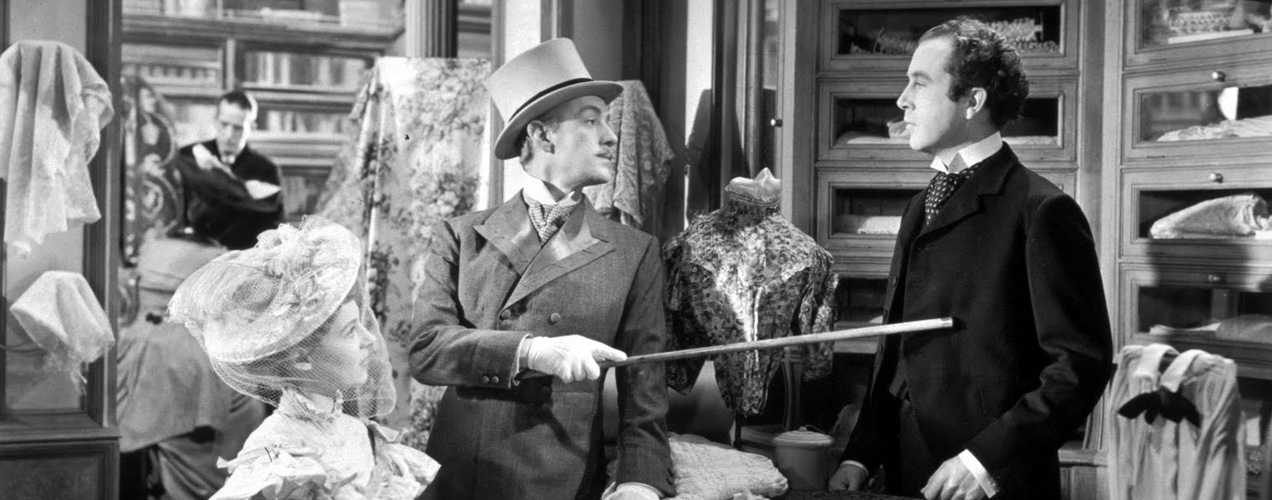
Kind Hearts and Coronets
1949 / Robert Hamer > As a pleasantly told story of lineage-based revenge, Kind Hearts and Coronets is chockful of smile-enducing comedic moments that point towards the brilliant, charismatic performance of star Dennis Price and the multiple personas of Obi-Wan Kenobi. Wait, what? To be specific, Alec Guinness plays eight different roles in the Ascoyne family tree that’s the target of Price’s ascension to dukeship, and each is played with hilarious aplomb. It’s a well-made dark comedy, though I can’t help but think that the straightforward manner of its storytelling holds it back from being a far better film. The story is purposefully predictable (as the many hints would indicate), but I find that a bit of a cop-out. Had Hamer insisted on a more novel approach to the film’s progression, it wouldn’t simply be an issue of “Who’s next?”

